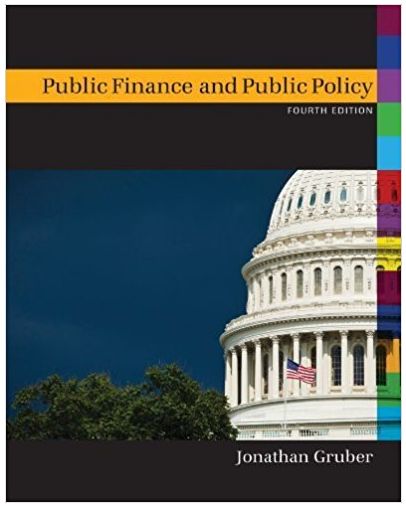1.In the Black-Scholes formula, N(d 1 ) and N(d 2 ) are probabilities and therefore take values between 0 and 1. TRUEFALSE 2 .The smaller
1.In the Black-Scholes formula, N(d1) and N(d2) are probabilities and therefore take values between 0 and 1.
TRUEFALSE
2 .The smaller the time periods used in the binomial model the closer it will come to approximating the Black-Scholes' model price.
TRUEFALSE
3. As stock price volatility increases, call option prices rise and put option prices fall.
TRUEFALSE
4. Buying a stock, buying a Put on the stock, and selling a Call on the stock puts one at risk of loss if the stock price increases.
TRUEFALSE
5. Buying a stock and selling a Call option on that stock puts one at risk of loss if the stock price increases.
TRUEFALSE
6. If the annual returns for a stock have a variance of 14%, the 6-month downside change in value used in the binomial method of option pricing is -18% .
TRUEFALSE
7.The rule for comparing machines with different lines is to select the machine with thegreatest equivalent annual cost (EAC).
TRUEFALSE
8. . An investor that "sells a share short" is betting that the share price will go down .
TRUEFALSE
9. Increased debt in a firm increases the return required by equity holders on shares in that firm.
TRUEFALSE
10.Firm with higher fixed costs as a percentage of all costs will have a higher Opportunity Cost of Capital than similar firms with lower fixed costs.
TRUEFALSE
11.Interest paid to bond holders is tax deductible to a company. .
TRUEFALSE
12. The Beta of an asset is never less than the Beta of its Revenue.
TRUEFALSE
13.Risky projects can be evaluated by discounting the expected cash flows at a risk-adjusted discount rate.
TrueFalse
14.Risky projects can be evaluated by discounting certainty equivalent cash flows at the risk-free interest rate.
TrueFalse
15. The Certainty equivalent of a project cash flow of $101 in year 2 would be $88.52 if the OCC were 10% and the risk free rate were 5%.
TRUEFALSE
16. The Certainty equivalent of a project cash flow of $101 in year 2 would be $96.41 if the OCC were 10% and the risk free rate were 5%.
TRUEFALSE
17. TheCompany cost of capital is the cost of equity of the firm.
TRUEFALSE
18.It is generally more accurate to estimate an "industry beta" for a portfolio of companies in the same industry than to estimate beta for a single company
TRUEFALSE
Step by Step Solution
There are 3 Steps involved in it
Step: 1

See step-by-step solutions with expert insights and AI powered tools for academic success
Step: 2

Step: 3

Ace Your Homework with AI
Get the answers you need in no time with our AI-driven, step-by-step assistance
Get Started


